Spatial Memory and GOAP
Usually in games, when applying shortest path algorithms, we simply want to move an agent to the position of a target using the shortest path available. But this is not exactly the case in the real world.
A person doesn't always know the best route to a location, especially if they've never visited it before. In order to successfully navigate the area, they will most likely start moving in a straight line heading in the general direction of their target until they are stopped by an obstacle and then will try to avoid it by looking for a new path around it. The more they explore the better they learn to navigate the area and eventually they will be able to come to a conclusion about which is the shortest path and whether or not they can even reach their target.
This is the behavior I tried to simulate.
The agent's primary goal is to reach his girlfriend who is waiting for him on the other side of a maze to begin their date, and he is already late! The maze, in addition to being complicated with many possible routes, has doors that need keys of the same color to open. If the agent has encountered a door while exploring and has tried all other possible routes, he will then attempt to open one of the doors by searching for the right key. So, the agent explores the area and makes a plan to finally reach his goal using a more realistic approach.
| Status | Released |
| Category | Other |
| Platforms | HTML5 |
| Rating | Rated 5.0 out of 5 stars (2 total ratings) |
| Author | Andrew Xeroudakis |
| Genre | Educational, Simulation |
| Made with | Unity |
| Tags | artificial-intelligence, Experimental, goap, Life Simulation, maze, pathfinding, spatial-memory, Unity |

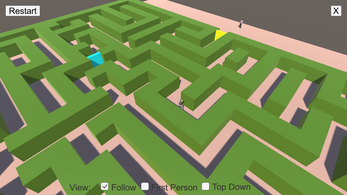
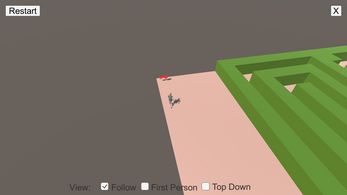
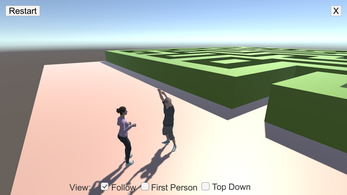
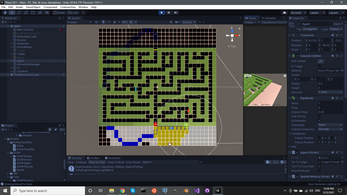
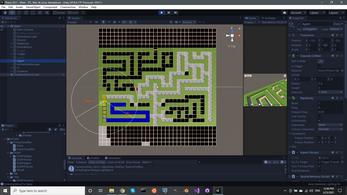
Leave a comment
Log in with itch.io to leave a comment.